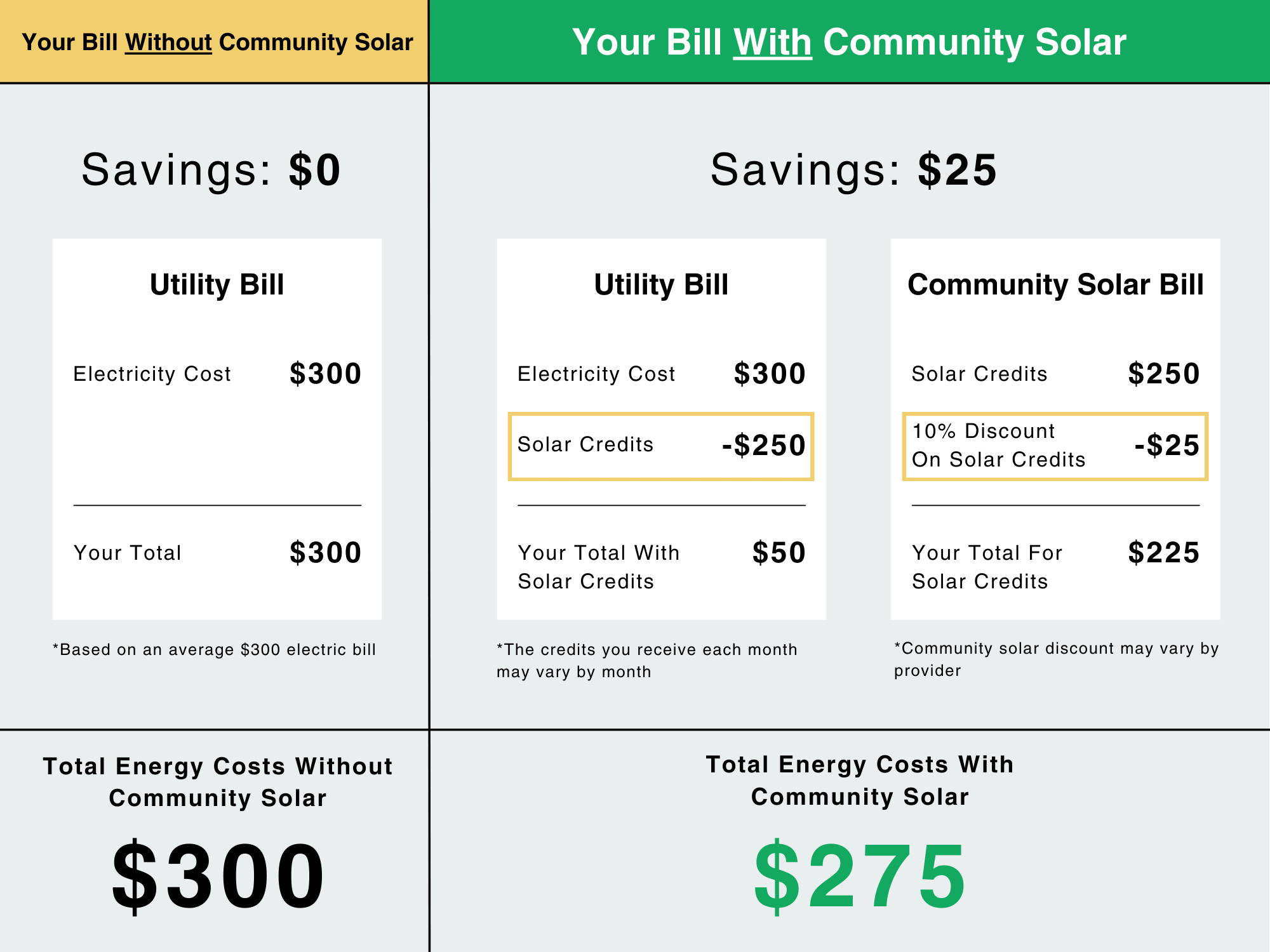solargardens
May 14, 2024
Understanding Massachusetts' SMART Program, its impact on Community Solar, and how billing works for MA subscribers.
Massachusetts has always been at the forefront of adopting renewable energy initiatives, and the Solar Massachusetts Renewable Target (SMART) program is a shining example of this commitment.
The SMART program is an initiative designed to promote the development of solar energy which includes provisions for Community Solar projects, making solar energy more accessible and financially viable for residents and businesses.
This article will expand upon the SMART program and how it’s Community Solar initiative plays a critical role in Massachusetts’s renewable goals.
The SMART Program incentivizes solar energy production by offering fixed rates for the energy generated by solar projects over a set period, typically 10-20 years.
This is achieved through a tariff-based system, where utilities pay solar project owners a set amount for each kilowatt-hour (kWh) of solar energy produced. The program is structured in a way that supports various project sizes and types, from small residential installations to large commercial arrays, including Community Solar projects.
As the SMART program provides financial incentives for solar energy production, Community Solar allows these incentives to be passed on to subscribers in the form of net metering credits.
This means that for every kilowatt-hour (kWh) of solar energy produced by the community solar project, a corresponding credit appears on the subscriber’s utility bill.
Community Solar is a renewable energy program that allows multiple residents to purchase the solar energy directly from a developers’ local solar garden at a discounted rate.
This is particularly beneficial for individuals who cannot install solar panels on their own properties due to space, financial constraints, or unsuitable roof conditions.
As a Community Solar subscriber, you will receive credits directly on your electric bills (through your current utility provider). These credits resemble a monetary deduction to your typical electricity charges.
These credits are then purchased directly from your community solar provider separately at a guaranteed discount, resulting in long-term savings.
Step 1
A developer builds a solar garden and delivers solar energy directly to the local utility. Residents connected to that utility can “subscribe” to the solar garden, reserving a portion of that solar energy for their electricity needs.
Step 2
The utility sends electricity to the residents as usual. Community Solar subscribers will now receive “credits” on their monthly electric bills, reducing what they pay their utility provider for electricity.
Step 3
After paying the remaining balance to the utility, subscribers then pay for their solar credits at a guaranteed discount from their community solar provider, resulting in cost-savings.


Subscription: To start, residents or businesses sign up with a community solar provider and reserve a certain percentage of the solar project’s output. This percentage determines how many of the net metering credits generated by the project you will receive on your electric bills.
Energy Production: The community solar project generates electricity, which is fed into the local utility grid. The total amount of electricity produced is measured and recorded.
Allocation of Credits: Based on the project’s production and your percentage of the subscription, a proportional amount of net metering credits is allocated to your electric utility account. For instance, if the project produces 100,000 kWh in a month and you are entitled to 1% of the project’s output, you would receive 1,000 kWh in net metering credits.
Application of Credits: These credits are then applied to your monthly electric bill, offsetting the cost of the electricity you consume. If the credits exceed your monthly electricity usage, the excess credits typically roll over to the next billing period.
Billing Statement: Your utility bill will detail your electricity usage, the amount of credits applied, and the remaining balance (if any). It’s important to understand that you will still receive two bills: one from your utility company (reduced by your credits) and another from your community solar provider for your subscription, at a discounted rate compared to standard electricity rates.

Let’s take a look at an example National Grid electric bill. In the photos below, subscribers can see their solar credits in 2 places.
On Page 1, solar credits are labelled as “Adjustments” in your Account Balance, reflecting a negative dollar amount.
This deduction is applied to your account, which reduces what you will pay for your electricity usage.
On Page 2, under the Other Charges/Adjustments section, the same negative dollar amount appears as “Transfer Credit/Charges”.
Again, this deduction reflects the community solar credits received by subscribers, lowering what they pay for electricity.
Approximately 2 weeks after receiving your electric bill (with credits applied to your bill), you will receive a separate bill from your community solar provider for the same credits you received.
These credits are then purchased at a guaranteed discount.
Your community solar discount may vary by provider though Solar Gardens offers a guaranteed 10% discount to all new subscribers.
If you’d like to better understand how Community Solar billing works and what the billing timeline looks like for subscribers, check out our support videos below:
Massachusetts’ SMART program not only incentivizes solar energy production but also democratizes access to its benefits through community solar. By understanding how billing works under this initiative, residents can make informed decisions about participating in community solar projects. Not only does this promote sustainable energy use, but it also offers financial savings and supports the state’s green energy goals. If you’re a Massachusetts resident, consider joining a community solar project and become part of the Commonwealth’s clean energy future.
Join Community Solar with Solar Gardens to redeem this offer
- Enter your contact info to receive your promo code -